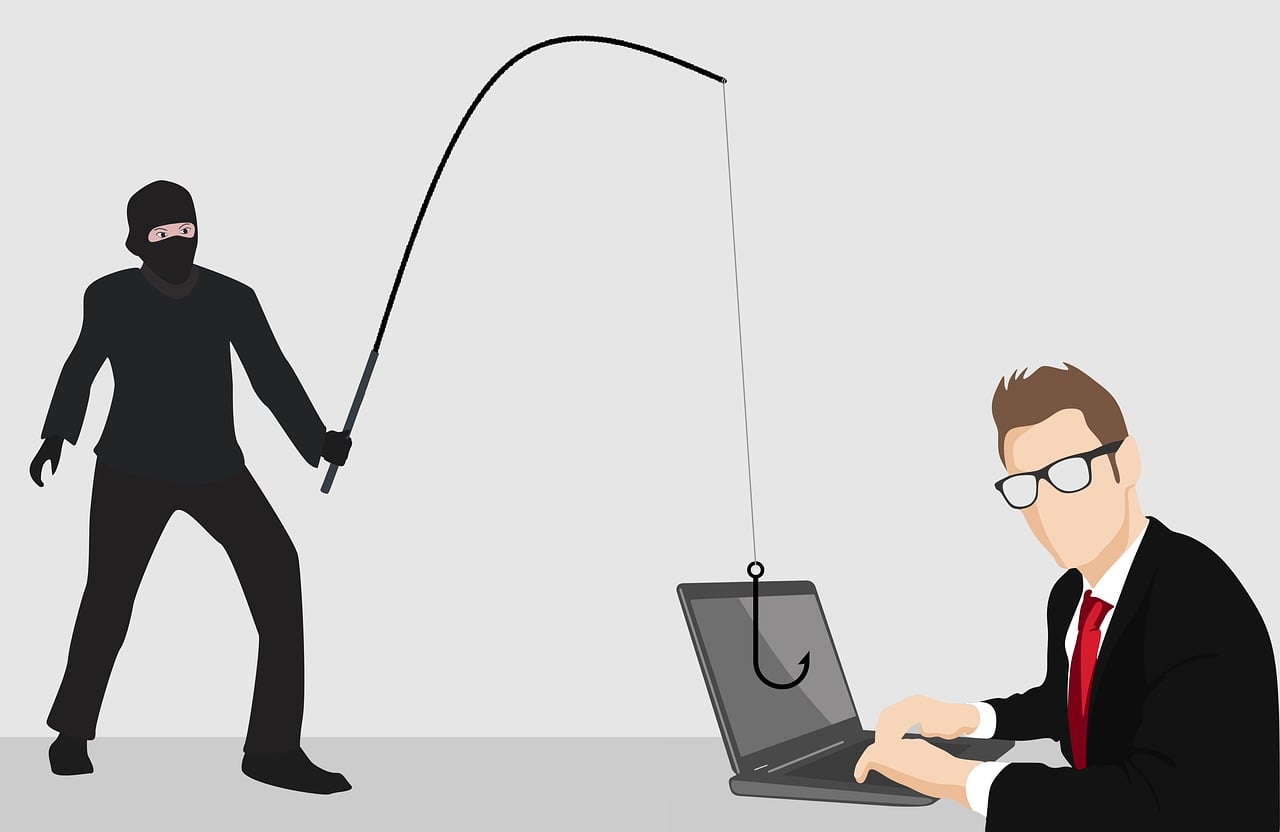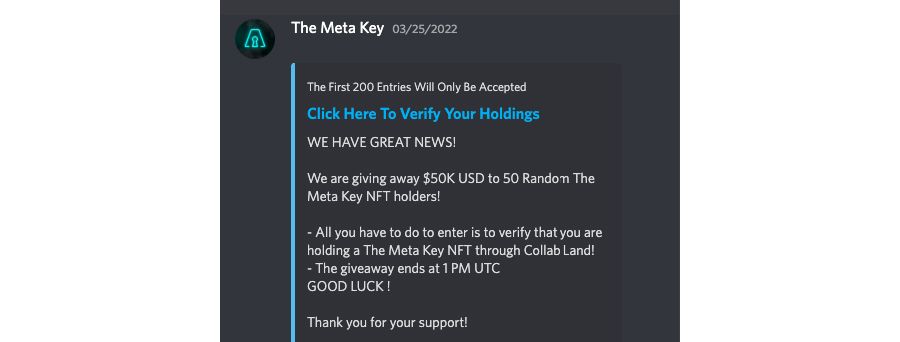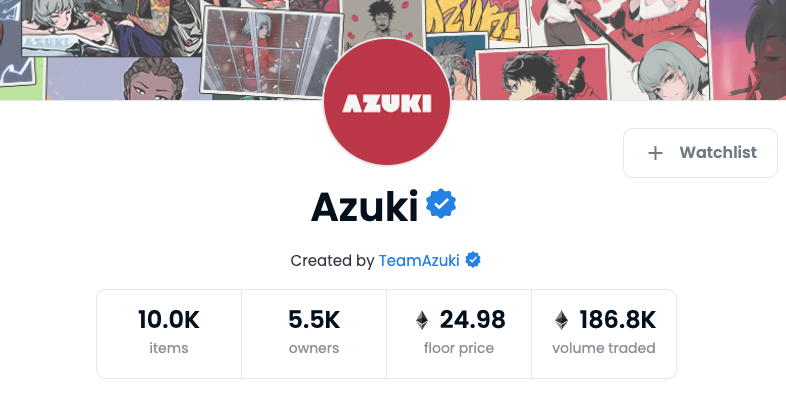
The Most Common NFT Scams And How To Avoid Them?
There are many threats for NFT buyers that make people lose money or thousands of dollars worth of NFTs. Make sure you're aware of the scams and do not fall into scammer traps.
In February of 2022, the Solana NFT project called Baloonsville got famous, but not for the reasons investors wished for. The Baloonsville minted on the Magic Eden NFT marketplace launchpad and was off to a successful start: the community was super active, the mint sold out in minutes, and the floor price went up to the 4,8 SOL next day after the launch.
However, the positive hype turned negative very soon as the founders announced that Baloonsville was just another NFT rug pull project. What’s more interesting is that, unlike other NFT rug pull collections where founders vanish after the mint, the Baloonsville creators decided to be vocal about it publicly and even spill some dirt on the Magic Eden platform:
Respectively, the Magic Eden team decided to 'derug' the project to correct the error on their side. Today, Baloonsville 2.0 is still live on the platform with developers building behind it. So, nobody lost their money, but that's not always the case. You should always do your research and be cautious of potential rug pull NFT projects, scams, and other threats buyers are exposed to.
If you want to know more about how to analyze NFT collections and how to find the best NFTs, read this post.
So, what is a rug pull?
The term 'rug pull' is not exclusive to the NFT environment. It is well known in the cryptocurrencies world. The rug pull meaning resides in the scheme when the project founders create hype through social media to attract investors and interest. Once they collect sales money, the founders abandon the development, delete their social accounts, and disappear with funds leaving the project to fade.
The best way to avoid such NFT scams is to pay close attention to the team behind the collection and invest in projects with doxxed teams. If the community knows the creators' full names, the projects' chance of being a rug pull is significantly lower.
If the full names of the founders aren't disclosed, you might find the nicknames used on social profiles. Check if the same people have previously worked on other projects and were they successful or not. Also, if the founders have a significant following, they will probably not risk losing the community as it is a precious asset.
Are there any other threats for NFT buyers?
NFT scams can be very innovative, and scammers keep coming up with new ways to trick people into losing their money. Let’s look at the most popular traps and how to avoid them.
Phishing NFT scams
Phishing scams are a general term to describe online hoax schemes, and the NFT market offers favorable conditions for such fraud to thrive.

There could be various types of NFT phishing scams, but one of the most popular is based on taking advantage of 2 emotions: fear or, more precisely, fear of missing out and greed.
As new NFT collections launch, scammers create minting website replicas to trick excited people into minting an NFT that doesn’t exist. The website has branding, images, and copy exactly the same as the original site, and many people get deceived if they do not pay close attention.
Similarly, a scammer might create a website advertising an NFT drop of a collection that has already been minted. Or, send messages through Discord promoting surprise NFT drops or giveaways that only holders of certain NFT can mint. With the help of bots, scammers can send hundreds of such messages. They can also run Google ads to fool people searching NFT collections on search engines. Even experienced NFT investors often get caught.

The advice to avoid landing on fake websites is simple: do not click suspicious links! Even better, only use the links provided on an official website, Twitter page, Discord, or Telegram channel. Creators communicate with their community publicly and never send direct messages to community members, so never trust messages from someone who claims to be a team member of an NFT project.
Some NFT phishing scams might ask for a 12-word seed phrase of your wallet. Under no circumstances should you share it online! Anyone with the seed phrase can get into your wallet and empty it.
NFT pump and dump schemes
NFT pump and dump is about creating an artificial demand for a collection. In other words, creators buy back their NFTs to drive the floor price higher.
The increased value of the collection attracts more eyes and buyers. Founders collect more money, but they dump the supply they hold soon after, making the floor price and overall value fall off a cliff. Those who are left holding the NFTs will either not be able to get rid of them or will sell at a loss.

The fact that transactions are recorded on a blockchain makes it easier for investors to spot NFT pump and dump schemes. Watch out for the same wallet buying a large amount of NFTs, but keep in mind that scammers can use more than one wallet. You can check the transaction history of a collection on most NFT marketplaces or network explorers such as Etherscan or Solscan.
Although, if you see a wallet with many NFTs, this might not mean that the collection is doomed. It could mean that some investors have a high conviction in the project's success. For example, few wallets hold over a hundred Bored Ape Yacht Club NFTs, and we know that BAYC is anything but a pump and dump scheme.
It is a bit more tricky to spot the NFT pump and dump hoax, but if you do not skip doing full research before buying an NFT, you have a good chance to bypass such scams.
Counterfeits and how to spot a fake NFT?
You know that non-fungible, in essence, means that the token is unique, the metadata of it is stored on a blockchain, and if you purchase one, the proof of ownership is also registered on a block.
Although, we cannot deny an argument that the image itself can be right-click-saved. In fact, anyone can make as many copies of your NFT image as they want. Scammers too!
They duplicate NFT images and list them on a marketplace with the goal of selling to an unsuspected buyer. In order to avoid such scams, the tip about using only trustworthy links applies in this case as well.
If you’re browsing an NFT marketplace, look for a verification badge. Most commonly, it is a tick, just like the one found on the OpenSea marketplace. It means that a collection was reviewed and verified by the OpenSea team.

Counterfeit NFT collections usually have very low volume, and often the size of a collection is significantly smaller than the original. So, it is beneficial to pay attention to these metrics as well.
Beware of NFT threats but don’t get discouraged
NFTs are a product of revolutionary technology, and like with any other technology, people with bad intentions will find a way to exploit it. You can’t change that, but if you will be cautious and learn to recognize the NFT scam patterns, you will not fall into the trap of scammers.
Many great minds are building in the NFT space with the intention of providing value to their community. Often they support good causes and charities and have positive aspirations. It is a rewarding experience to be a part of such a community, so always do your research and you’ll learn to find the best NFT projects.
